Style Tile - Sections
Meet our
agents for change



Header
JOIN US IN
USING DATA TO DRIVE CHANGE
TEAM
Our
Team
We are committed to closing the opportunity gaps in early childhood We are curious lifelong learners, and seek to surface and share what may be hidden We are optimistic We are accountable and conscientious We strive for greater inclusivity, to enable anyone to gather and use data effectively We aspire to remain grounded and we value and support local ingenuity
We are grateful for the backing of our investors and the wisdom and experience of our valued partners.
Our Team
We are committed to closing the opportunity gaps in early childhood We are curious lifelong learners, and seek to surface and share what may be hidden We are optimistic We are accountable and conscientious We strive for greater inclusivity, to enable anyone to gather and use data effectively We aspire to remain grounded and we value and support local ingenuity
We are grateful for the backing of our investors and the wisdom and experience of our valued partners.
Our Team
We are committed to closing the opportunity gaps in early childhood We are curious lifelong learners, and seek to surface and share what may be hidden We are optimistic We are accountable and conscientious We strive for greater inclusivity, to enable anyone to gather and use data effectively We aspire to remain grounded and we value and support local ingenuity
We are grateful for the backing of our investors and the wisdom and experience of our valued partners.

Sonja Giese

Sonja Giese

Sonja Giese

Sonja Giese

Sonja Giese

Sonja Giese

Sonja Giese
SECTION - Two col

FIND OUT MORE ABOUT OUR DATA COLLECTION TOOLS
Our suite of digitally enabled data collection tools allow organisations to assess the quality of early learning in home and programme settings, and to gauge whether young children are developmentally on track.
COUNTER
The clock is ticking.
Urgent action is needed to translate this commitment into concrete change.

Banner
EXPLORE OUR DATA INSIGHTS AND DATASETS
Our open datasets are available for further analysis, and our curated insights provide easy access to information that enables data-informed decision-making
- Gross Motor DevelopmentThis domain looks at the child’s ability to control the large muscles of the body❓
- Fine Motor Development and Visual Motor IntegrationThis domain looks at the child’s ability to control small muscles and coordinate small movements with visual information perceived by the eyes❓
- Emergent Numeracy and MathematicsThis domain looks at early math skills, such as the ability to understand number concepts, symbols, shapes, and size❓
- Cognition and Executive FunctioningThis domain looks at the child’s ability to stay focused, think critically, solve problems, form concepts, attend to instructions, and control impulses❓
- Emergent Literacy and LanguageThis domain looks at the child’s ability to communicate effectively. This includes their ability to speak in full sentences, recognise the initial sounds of words, name common objects, relay events and listen to and understand stories told to them❓
SECTION - TITLE ( EXAMPLE )
data
opportunities

SECTION - EXAMPLE 1
- 4 & 5 Years Assessment Tool
Assesses the performance of children aged 50 to 69 months, in five important developmental domains.
- 4 & 5 Years Targeting Tool
Helps identify individual children aged 50 to 69 months who are falling far behind the standard and need additional support.
- 6 & 7 Years Assessment Tool
Assesses the performance of children aged 70 to 89 months, in early literacy and numeracy, and underlying cognitive skills.
- Social-Emotional Rating Scale
Assesses preschool children’s social and emotional functioning.
- Learning Programme Quality Tool
Assesses the quality of group learning programmes targeting children aged 3 to 5 years.
- Home Learning Environment Tool
Assesses the quality of the learning environment in the home for children aged 3 to 5 years.
SECTION - EXAMPLE 2
4 & 5 Years Assessment Tool
Assesses the performance of children aged 50 to 69 months, in five important developmental domains.
4 & 5 Years Assessment Tool
Assesses the performance of children aged 50 to 69 months, in five important developmental domains.
4 & 5 Years Assessment Tool
Assesses the performance of children aged 50 to 69 months, in five important developmental domains.
4 & 5 Years Assessment Tool
Assesses the performance of children aged 50 to 69 months, in five important developmental domains.
4 & 5 Years Assessment Tool
Assesses the performance of children aged 50 to 69 months, in five important developmental domains.
4 & 5 Years Assessment Tool
Assesses the performance of children aged 50 to 69 months, in five important developmental domains.
POST GRID
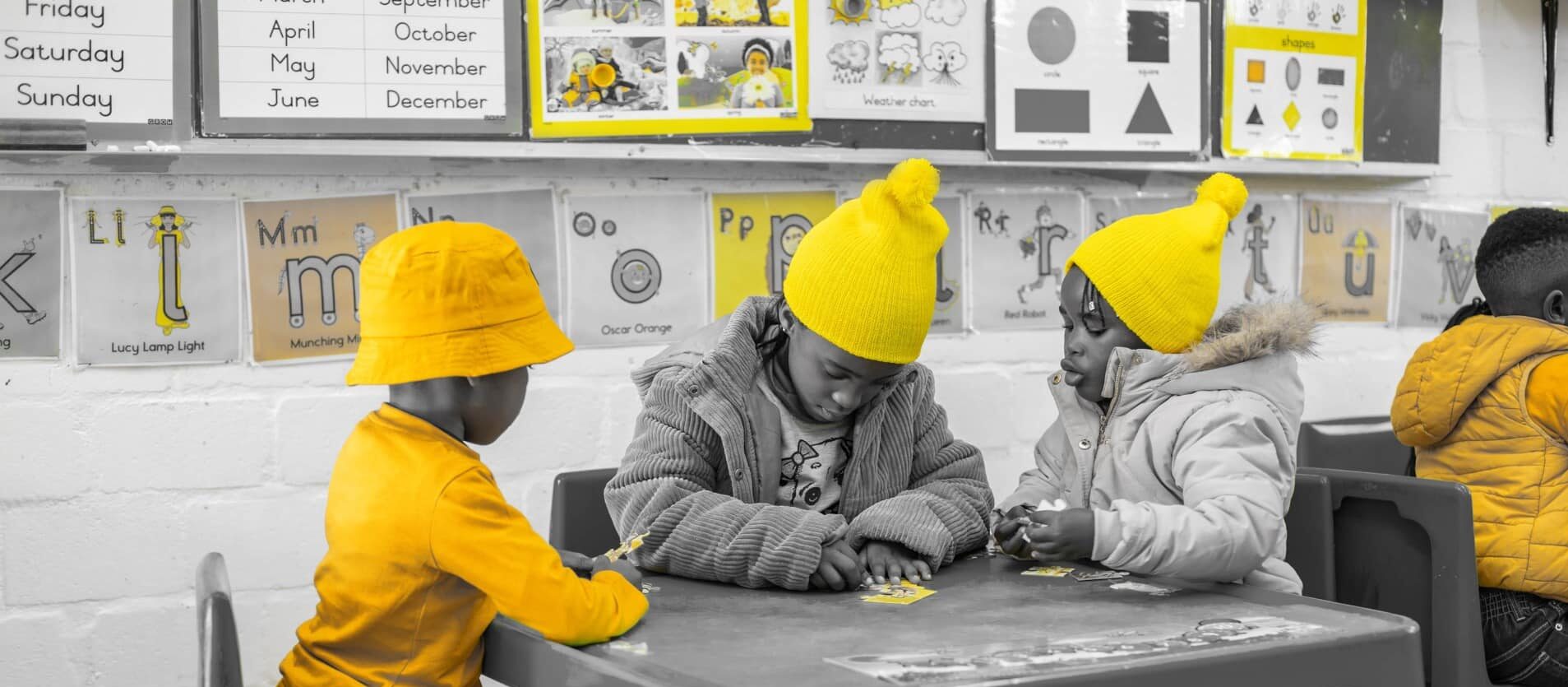
Socio-economic circumstances and ELP fee levels in the 2024 Thrive by Five Index
Children’s socio-economic circumstances are a key lens for understanding disparities in developmental outcomes and access to opportunities. Economic circumstances – from poverty to affluence –
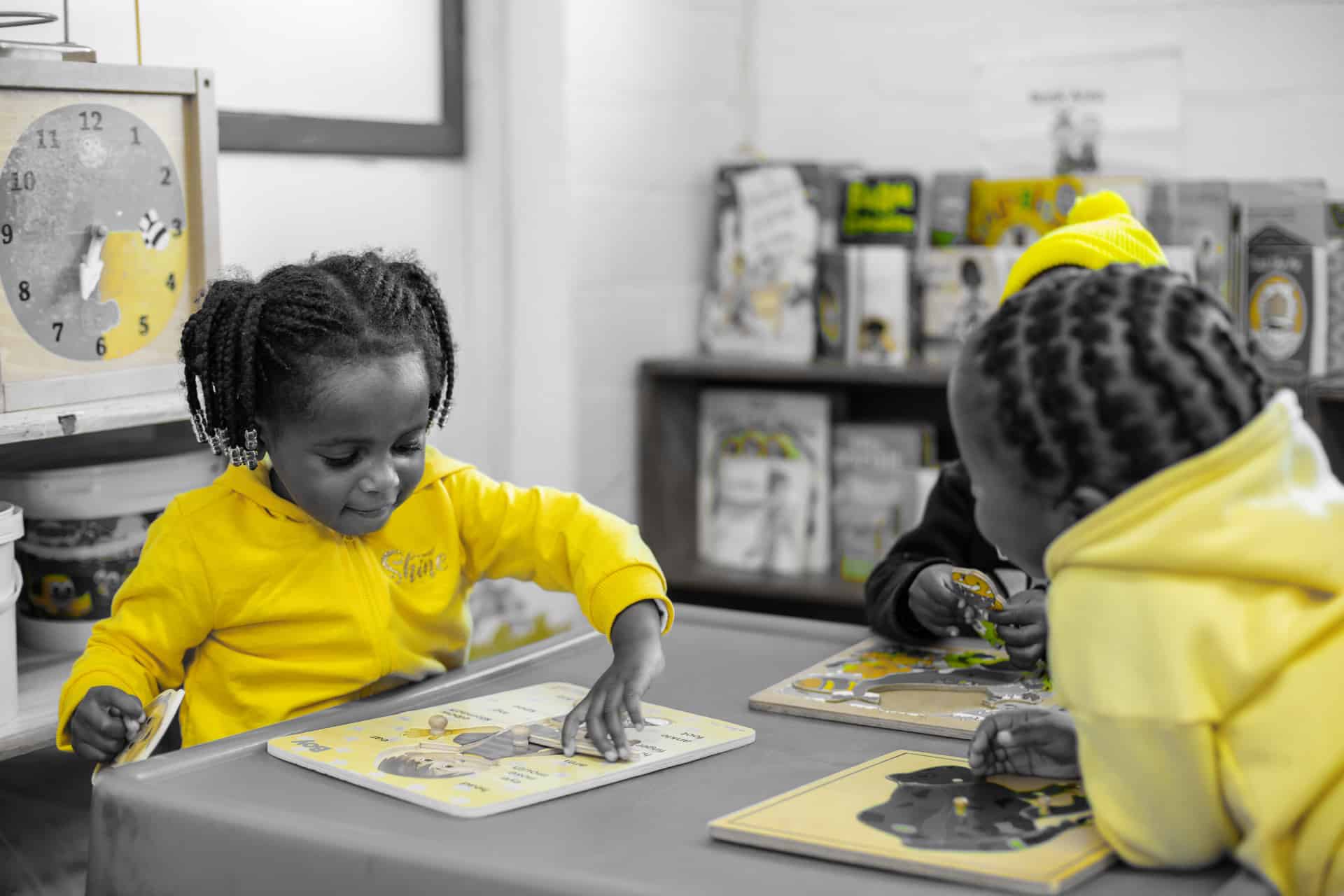
Strengthening Early Learning Through Data: Funder Symposium Insights 2025
Funders are a pivotal part of the early learning ecosystem, as their investment decisions shape which solutions are supported, strengthened, and scaled. On 14 October,
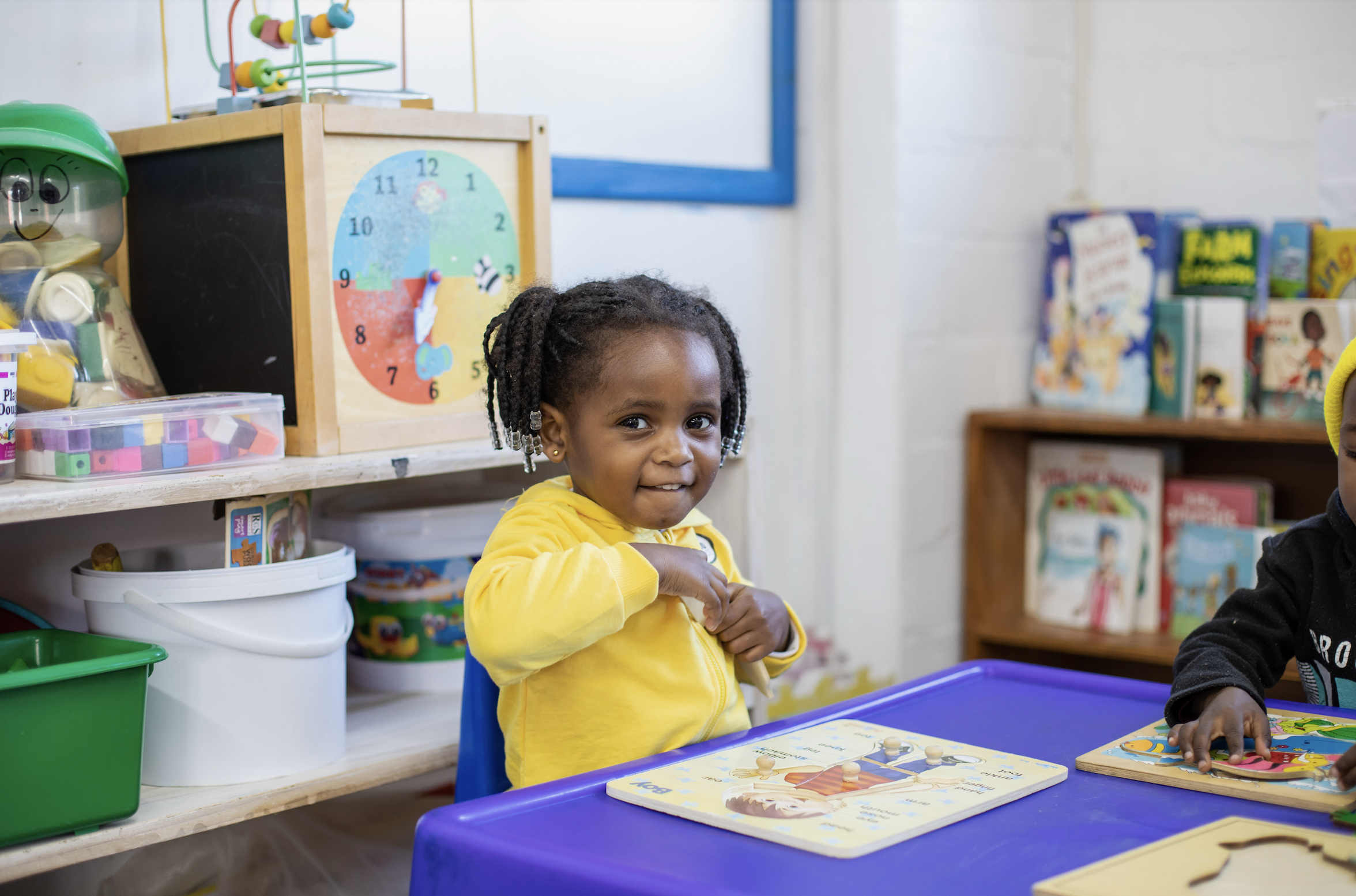
DataDrive2030 Releases Technical Manuals for Grade R Assessment Tools
Rigorous technical documentation now available for the ELOM-R measures that reliably predict early academic success DataDrive2030 has published a comprehensive suite of technical manuals for

ELOM 4&5 Technical Manual Updated: Enhanced Age Band Standards and Proven Predictive Power
We’re delighted to share the newly published 4th edition of the ELOM 4&5 Technical Manual. There are three key new updates in this edition since
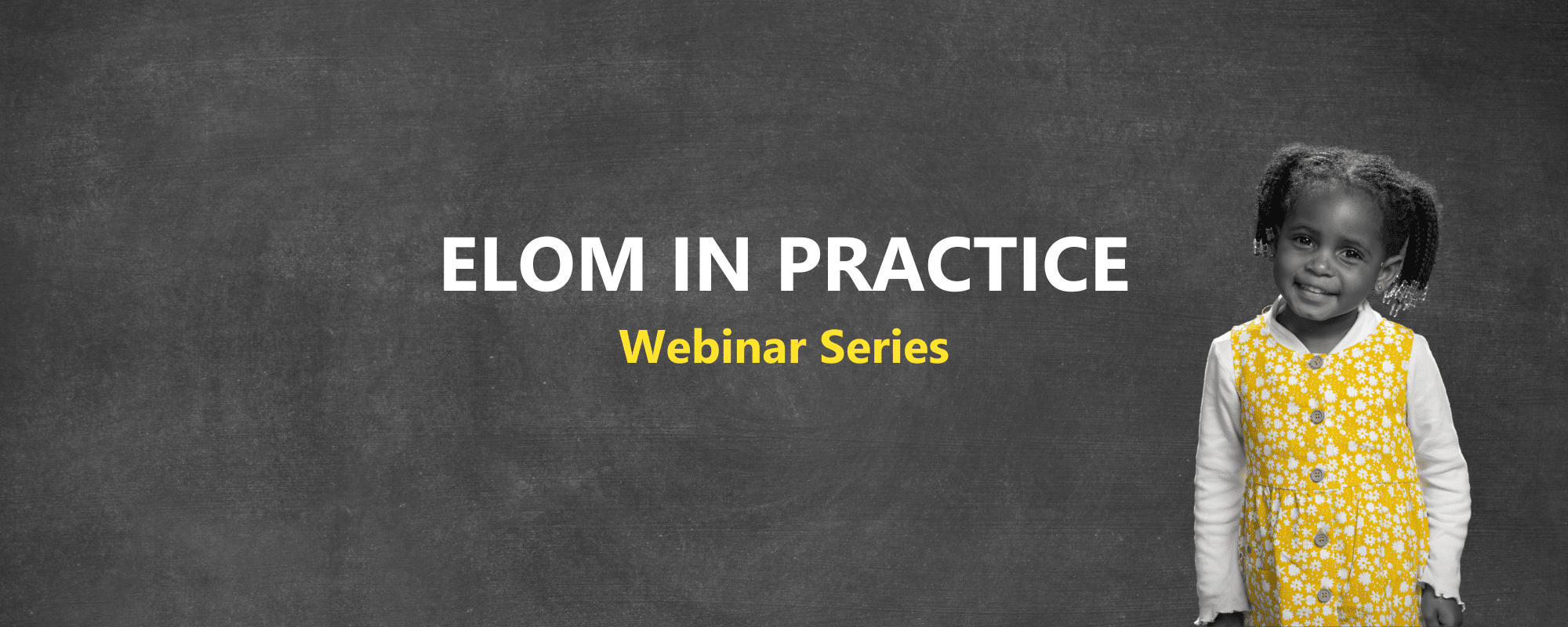
ELOM in Practice Webinar Series
A webinar series sharing real-world lessons from ELOM users across South Africa DataDrive2030’s ELOM in Practice webinar series brings together ELOM users and partners to

What We’re Learning About Better Hiring in ECD
At DataDrive2030, we’ve always known the practitioner matters. Our Positive Deviance Initiative shows that it’s not just what children are taught, but how (and by whom) that shapes their
ACCORDION
The tool contains 23 items in a game-style format that children find fun and engaging. The children are assessed one at a time, in a quiet, appropriate space at their ECD centre or elsewhere. Data capture on the ELOM 4&5 is fully digitised using Survey CTO (on an appropriate tablet). Instructions for assessors are colour-coded for ease of use, and stop rules are hard coded into the tool in such a way that if the child does not succeed on a specific item, the system automatically progresses to the next relevant item.
The assessment takes approximately 45 minutes per child.
The domains chosen for ELOM 4&5 underpin the South African early learning curriculum: Gross Motor Development; Fine Motor Coordination and Visual Motor Integration; Emergent Numeracy and Mathematics; Cognition and Executive Functioning; and Emergent Literacy and Language.
Once the overall domains had been decided, a scan of available tools used in similar exercises to the ELOM was undertaken. A particular focus was on measures with established validity and reliability which had been developed for use in South Africa and the region or in similar socio-cultural and socio-economic contexts. In designing the items used in the tool, the team also drew extensively on research literature, the South African National Curriculum Framework for Children from Birth to Four, and interviews with experts, including ECD practitioners and Grade R teachers. An initial long list of items were tested using accepted psychometric practices (see technical manual for detail) before selecting the final 23 items used in the tool.
A child’s performance on each item in each of the five ELOM 4&5 domains is awarded a raw score, which is then transformed into a scaled score. In each domain, item scaled scores are summed to provide a domain Total Score out of 20. The five domain scores are then summed to derive the ELOM 4&5 Total Score out of 100. Scores for each domain and for the total fall within one of 3 performance bands: On Track, Falling Behind and Falling Far Behind (in earlier versions this last category was referred to as At Risk). The cut off points for On Track, Falling Behind and Falling Far Behind for children aged 50 to 59 months and 60-69 months were set empirically and in consultation with key stakeholders (in 2016).
ELOM 4 & 5 Years Direct Assessment was validated on a sample representative of a range of socio-economic backgrounds of South African children, with children from five of the main language groups (isiXhosa, isiZulu, Afrikaans, Setswana, English). 1,331 randomly selected children from 173 schools in three provinces were assessed.
Yes, internationally accepted psychometric practice was followed to check for fairness. Analyses showed that the ELOM did not discriminate between children from different socio-economic or language backgrounds.
The team followed accepted practices in setting standards. This requires the use of empirical data and the judgments of qualified people. The ELOM team used data from the standardisation sample to explore how children from the five economic quintiles performed. The task was to set standards for each domain and for the ELOM Total that was neither too high nor too low. They had to be aspirational but realistic. The preliminary standard was set at the score achieved by the top 40% of the children in the age validation sample (the 60th percentile). Children from all quintiles were represented in that band (fewer in quintile 1 and more in quintiles 4 and 5). A consultation with expert stakeholders in the ECD sector (both in government and civil society) resulted in the finalisation of this standard. It will be re-examined and changed if necessary as experience with the ELOM is accumulated.
No, ELOM is not a tool for assessing the school readiness of individual children. It is not designed to assess intelligence or diagnose developmental delay. However, it can be used to identify children who are significantly behind the standard expected for their age. They could then be referred for specialist assessment.
No, the ELOM 4 & 5 Years Targeting Tool was designed to quickly identify individual children within a programme that need additional early learning support.
Children’s performance on the five domains is more important than the total score, as these give programme managers a clear indication of how their programmes are performing, and where attention is needed to bring the children up to standard.
The tool is designed to be used by an accredited ELOM assessor or trained professional psychometrist e.g. occupational therapist.
This tool is available in all of South Africa’s 11 official languages.
two col section
Hero
Heading



